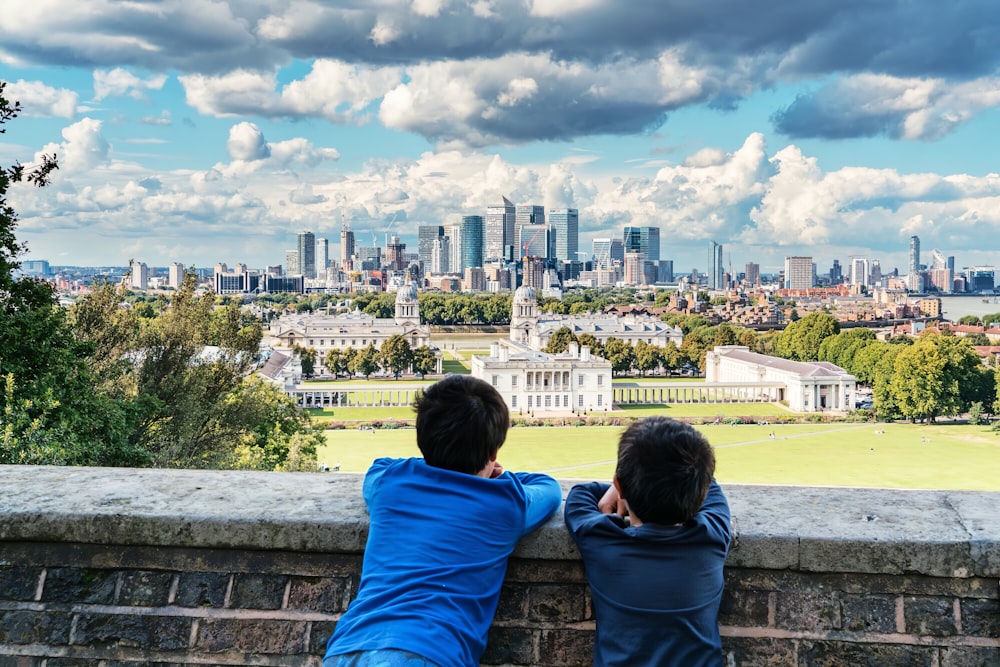Defining Whole Child Development
Chirp Early Literacy discusses child development as a holistic & unique process of growth & change for those 8 & younger.
Children develop in universal stages and unique ways. These stages occur in sequential order & in multiple areas of development, yet the lines around each area are somewhat nebulous as each child progresses at their own pace. The development of spoken language, for example, requires creative thought, physical movement & is often used to express feelings. Whole Child Development suggests all developmental areas (such as cognitive, physical & social-emotional) are inter-related and best care of the child considers the whole picture.
Three Areas Affecting Whole Child Development
Since development has multiple areas, whole child approaches differ in how they categorize growth. For our purposes, we interpret three main developmental areas as follows:

1. Cognitive
By cognitive, we refer to brain development – the place of thoughts, questions, ideas. The most well-known work in cognitive development is that of Swiss psychologist Jean Piaget in the 19th century.
2. Social-emotional
The social-emotional area of child development has seen the most growth in our lifetime, especially since the 1970s. Previously discussed as two separate entities, the area of social-emotional growth today refers to how we feel & relate.
3. Physical
Physical development refers to the action or movement of the body – fine & gross motor skills, as well as intrinsic motivation.
The Environment, Relationships, Personality & Development
The nature vs. nurture debate turns out to be a bit of a mute point; both influence child development. Nurture argues that a child’s experience (the environment, the role of caregivers, etc.) is most important, while nature postures genetics is more influential. While the debate is interesting, the consensus is both matter & each child is unique.
Environment is one significant factor. We all share basic human needs that must be met in order for us to survive, grow & flourish. Children need to feel safe, for example, and the environment can help or hinder this physical & emotional need.
The Significant Impact of Relationships on Child Development
We also know connections are integral to our development from the beginning of our lives. Relating is something we all do, so the way we relate & the way we experience relationships impacts future interactions.
The relationships we have early in our development make a deeper impression on us simply because they are first. Therefore, the interaction that children have with their primary caregivers in the first few years of life will set the trajectory for how they engage the world.
Known as attachment theory, the idea is fairly recent in our history, but has been a common & significant topic of study & discussion among psychologists since studies in the 1950’s, especially those interested in education and social work.
How Personality Develops
Studies of siblings & twins have shown that unique experiences in the same environment lead to different personalities. We seem to be innately wired to develop in similar ways & to interpret experiences uniquely.
Theories of personality have been discussed as far back as Greek Antiquity, but have developed in our lifetime along with the rise of interest in social & emotional growth. As our knowledge of whole child development has grown so too has our understanding of how the whole person develops. This site discusses personality development as a holistic, naturally-occurring process, rather than simply a way to understand social interactions.

